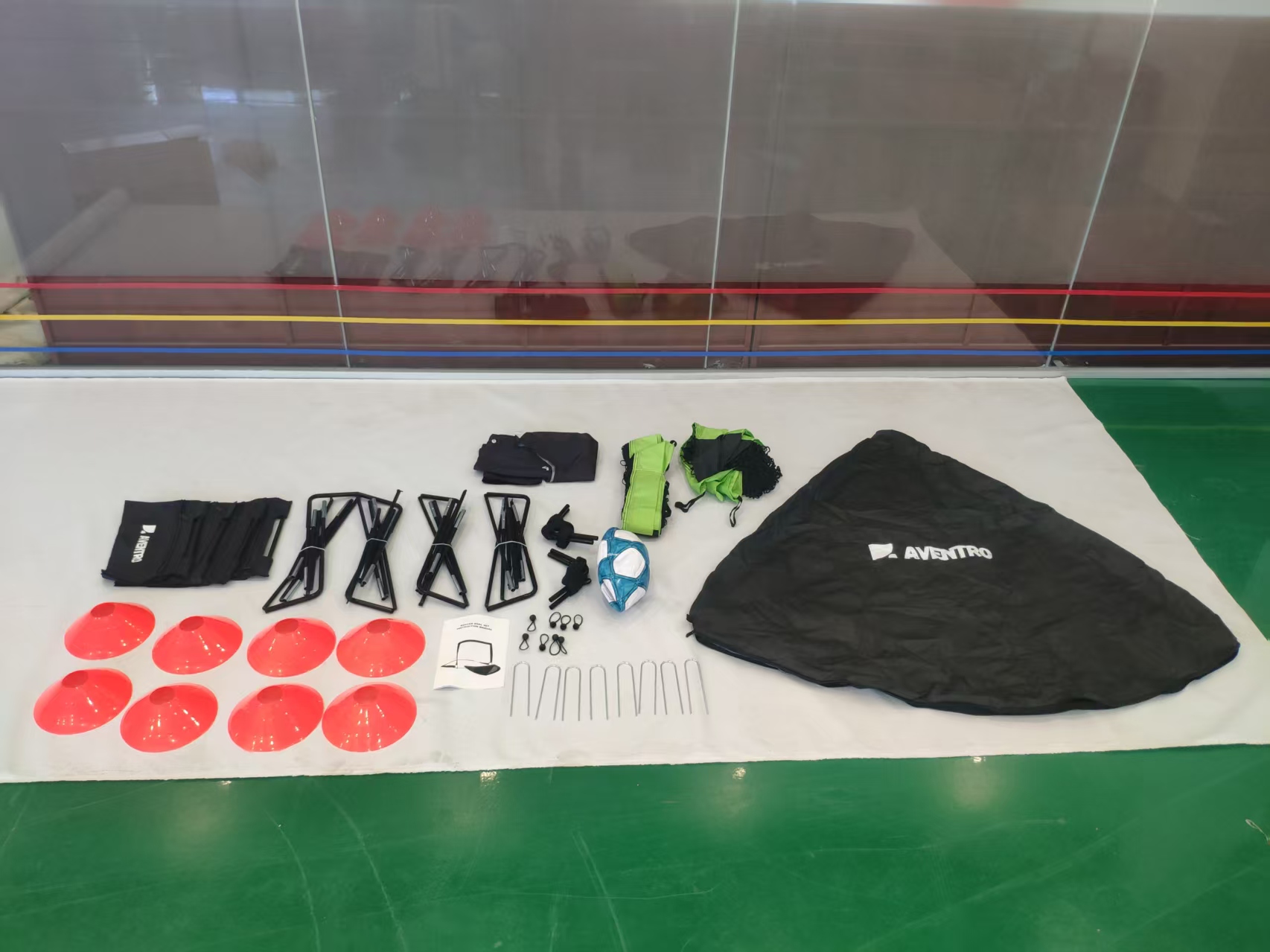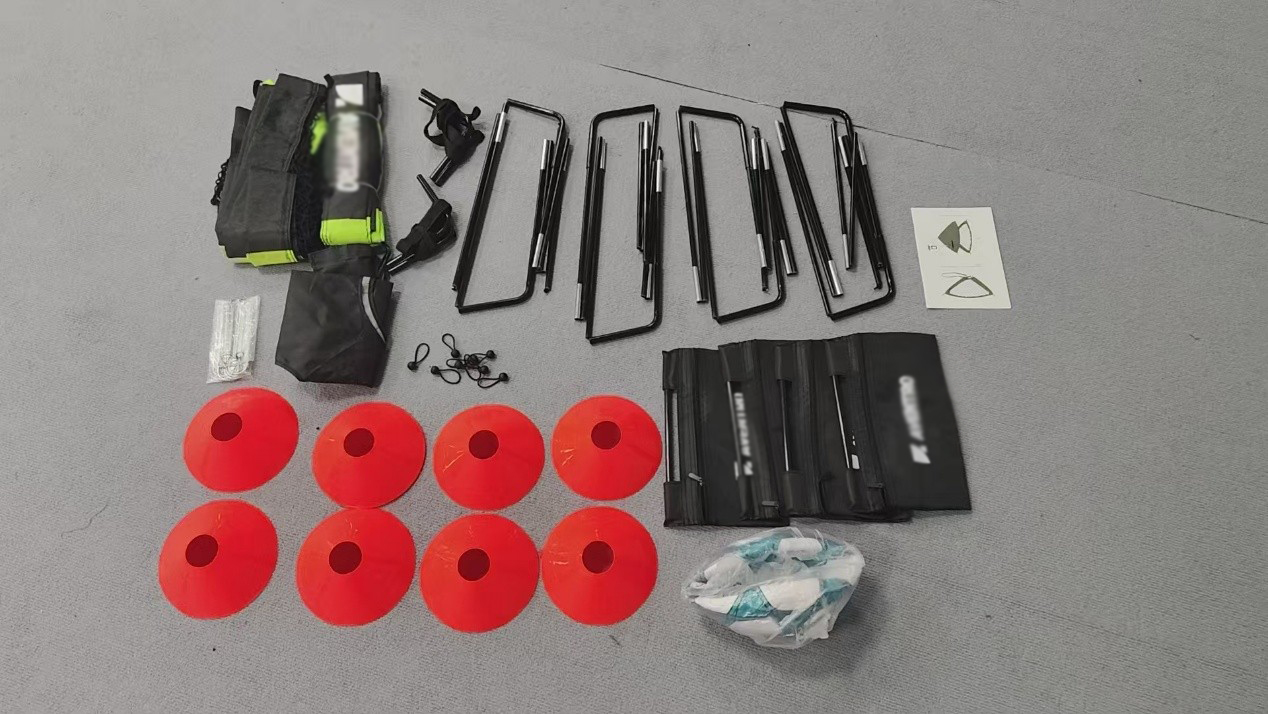In the ever-evolving world of automotive design, the materials used in car manufacturing often play a crucial role in safety, performance, and aesthetics. One such component where material choice is particularly significant is the car mirror. Whether it’s the rearview mirror or side mirrors, the type of glass used has implications for visibility, durability, and even the safety of drivers and passengers.
Car mirrors typically utilize two main types of glass: tempered glass and laminated glass. Each type has distinct properties that cater to different needs within automotive design.
Tempered Glass: The Standard Choice
Most commonly, car mirrors are made from tempered glass, a type of safety glass that is strengthened by a process of extreme heating and rapid cooling. This makes it much tougher than regular glass and ensures that it can withstand significant impacts without breaking into sharp, dangerous shards. Instead, if tempered glass does break, it fractures into small, blunt pieces, reducing the risk of serious injury.
Tempered glass is used extensively in side mirrors due to its durability and resistance to thermal stress. This glass can handle temperature changes, which is crucial for mirrors that are exposed to varying weather conditions. Moreover, tempered glass is relatively lightweight, which contributes to the overall efficiency and performance of the vehicle.
Laminated Glass: Enhanced Safety
In contrast, laminated glass is often used in rearview mirrors, particularly in higher-end vehicles or those equipped with advanced driver-assistance systems. Laminated glass consists of two layers of glass with a plastic interlayer in between, usually made from polyvinyl butyral (PVB). This configuration offers superior strength and safety benefits.
The primary advantage of laminated glass is its ability to hold together when shattered. The interlayer keeps the glass fragments intact, thereby preventing them from scattering and potentially causing harm. This property makes laminated glass ideal for the rearview mirror, where the risk of breakage is mitigated by the glass’s ability to remain in place during an impact.
Laminated glass also provides better acoustic insulation compared to tempered glass, which can be beneficial for reducing road noise inside the vehicle. Additionally, this type of glass often includes UV-blocking properties, which can help protect the interior of the car from harmful UV rays.
Technological Integration
Modern car mirrors are not just about reflecting images; they often come equipped with various technologies, including heating elements, auto-dimming features, and integrated cameras. These functionalities can influence the choice of glass as well. For instance, mirrors with heating elements usually require tempered glass, which can withstand the heat without deforming.
As automotive technology advances, the materials used in car mirrors continue to evolve. Innovations such as electrochromatic glass and high-definition cameras are pushing the boundaries of what’s possible, ensuring that car mirrors not only provide safety and functionality but also contribute to the overall driving experience.
In summary, the choice between tempered and laminated glass for car mirrors reflects a balance between safety, durability, and technological integration. As vehicles become more sophisticated, the materials used in their components, including mirrors, are likely to continue advancing, offering improved performance and safety for drivers around the world.

 English
English Español
Español Português
Português русский
русский français
français 日本語
日本語 Deutsch
Deutsch Tiếng Việt
Tiếng Việt Italiano
Italiano Nederlands
Nederlands ไทย
ไทย Polski
Polski 한국어
한국어 Svenska
Svenska magyar
magyar Malay
Malay বাংলা
বাংলা Dansk
Dansk Suomi
Suomi हिन्दी
हिन्दी Pilipino
Pilipino Türk
Türk Gaeilge
Gaeilge عربى
عربى Indonesia
Indonesia norsk
norsk اردو
اردو čeština
čeština Ελληνικά
Ελληνικά Українська
Українська Javanese
Javanese فارسی
فارسی தமிழ்
தமிழ் తెలుగు
తెలుగు नेपाली
नेपाली Burmese
Burmese български
български ລາວ
ລາວ Latine
Latine Қазақ
Қазақ Euskal
Euskal Azərbaycan
Azərbaycan slovenský
slovenský Македонски
Македонски Lietuvos
Lietuvos Eesti Keel
Eesti Keel Română
Română Slovenski
Slovenski मराठी
मराठी Српски
Српски 简体中文
简体中文 Esperanto
Esperanto Afrikaans
Afrikaans Català
Català עִברִית
עִברִית Cymraeg
Cymraeg Galego
Galego 繁体中文
繁体中文 Latvietis
Latvietis icelandic
icelandic יידיש
יידיש Беларус
Беларус Hrvatski
Hrvatski Kreyòl ayisyen
Kreyòl ayisyen Shqiptar
Shqiptar Malti
Malti lugha ya Kiswahili
lugha ya Kiswahili አማርኛ
አማርኛ Bosanski
Bosanski Frysk
Frysk ជនជាតិខ្មែរ
ជនជាតិខ្មែរ ქართული
ქართული ગુજરાતી
ગુજરાતી Hausa
Hausa Кыргыз тили
Кыргыз тили ಕನ್ನಡ
ಕನ್ನಡ Corsa
Corsa Kurdî
Kurdî മലയാളം
മലയാളം Maori
Maori Монгол хэл
Монгол хэл Hmong
Hmong IsiXhosa
IsiXhosa Zulu
Zulu Punjabi
Punjabi پښتو
پښتو Chichewa
Chichewa Samoa
Samoa Sesotho
Sesotho සිංහල
සිංහල Gàidhlig
Gàidhlig Cebuano
Cebuano Somali
Somali Точик
Точик O'zbek
O'zbek Hawaiian
Hawaiian سنڌي
سنڌي Shinra
Shinra հայերեն
հայերեն Igbo
Igbo Sundanese
Sundanese Lëtzebuergesch
Lëtzebuergesch Malagasy
Malagasy Yoruba
Yoruba









